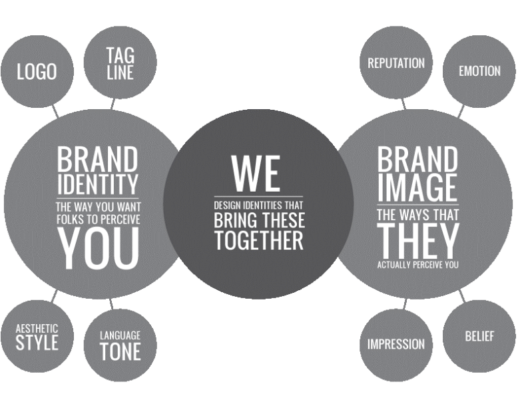
1) Stop, Collaborate & Listen
Before you can come up with a brand and marketing strategies, you need to establish your identity as a business. Take some time to discuss your goals, objectives and ethics with your business partners and staff. What do you stand for as a company? What is important to you? What do you offer customers that nobody else does?
Taking time to think about this before pressing ahead with anything else will help you have a clear vision of who you are and what you want to achieve. Your end product is therefore much more likely to be on point and you can deliver a strong and clear message to potential customers.
2) Research, Research & More Research
Once you know who you are, you need to research everyone else in the equation. Look at what your competitors are doing, what services they offer, their pricing, their branding and marketing campaigns. Research your customers, what they respond to, what their browsing behaviours are and how they respond to certain marketing campaigns.
If you’re an established company, you should also research your own marketing strategies. Look at your past efforts and analyse successes and failures. Use this to build on your ideas.
3) Use Colour Psychology
Now that you know who you are, who your competitors are and understand who your target audience is, you’re ready to start building your brand. A logo and website are two key factors to consider.
Remember to use colour psychology when creating your visual brand. Colour psychology is the research into how different colours can affect consumer behaviour and decision making. Red, for example, creates a sense of urgency and triggers hunger which is why it’s often used in the sales and fast food industries. Purple is meanwhile linked to creativity and femininity and is sometimes used to suggest superiority and luxury. Orange is often used by discount brands as it’s the colour that most consumers connect with cheap prices.
By careful and considered use of colour psychology, you can influence your consumers and create a strong and purposeful visual brand.
4) Plan Ahead
A comprehensive digital marketing strategy can involve many different campaigns and channels. Don’t wing it and try your luck as you go. Plan ahead to make sure that every piece of marketing is thoughtful and purposeful.
Make a schedule or content calendar outlining what needs to be done and when. And make sure you stick to it.
5) Be Consistent
Branding and marketing are all about building an identity for your business that customers can recognise and build a relationship with. Keeping your branding consistent across all your marketing output is, therefore, key to your success. This not only applies to visual brandings like your logo or website design but also to your tone of voice in all your social media posts, newsletters and blogs.
For example, if you’re a wedding band in Sydney your logos and website photographs should be wedding-related and your tone of voice should be professional but personal and friendly.
6) Embrace Omnichannel
Omnichannel marketing is the future. Put simply, omnichannel is a multi-faceted sales approach which combines various and integrated shopping experiences. It enables companies to provide a seamless experience between shopping from a mobile device, in-store or from a desktop. Omnichannel can be as simple as enabling customers to order a product online and collect in store but it can also be utilised in a more complex manner to give shoppers an extraordinary shopping experience.
7) Analyse Everything

Create a good brand is one thing, but keeping that momentum going is just as important. You can evaluate whether your marketing strategies and branding are resonating with your audience by using data analytics. From checking your website’s bounce rate to see how many users are arriving at your site only to leave a few seconds later, to checking where your website traffic is coming from, data analytics can provide you with valuable data that will help you make your marketing campaign as relevant and successful as possible.
8) Focus On Your Customers
Customer service should be at the core of everything that you do. A large part of your overall branding will come from your reputation and word of mouth is key to achieving a good reputation. So from the way you answer the phone to the promptness and tone of your responses to customer queries, make sure you are professional, helpful and polite. Don’t undo all your good work of building a brand and marketing that brand with something as simple as poor customer service!
Conclusion
Building a good brand online doesn’t have to be difficult. Take your time, plan ahead and keep your visual branding, style and tone consistent across every aspect of your communications.

